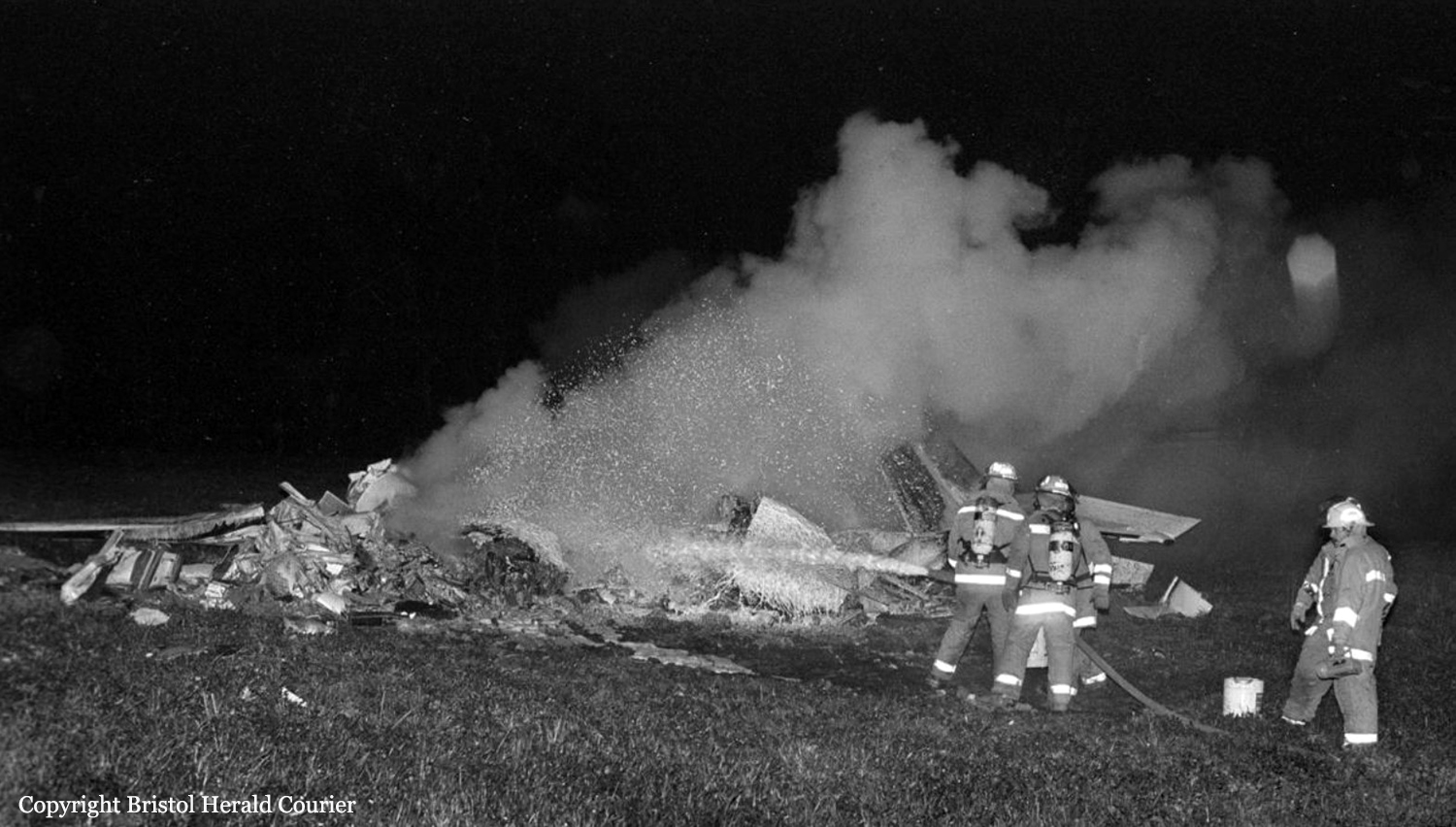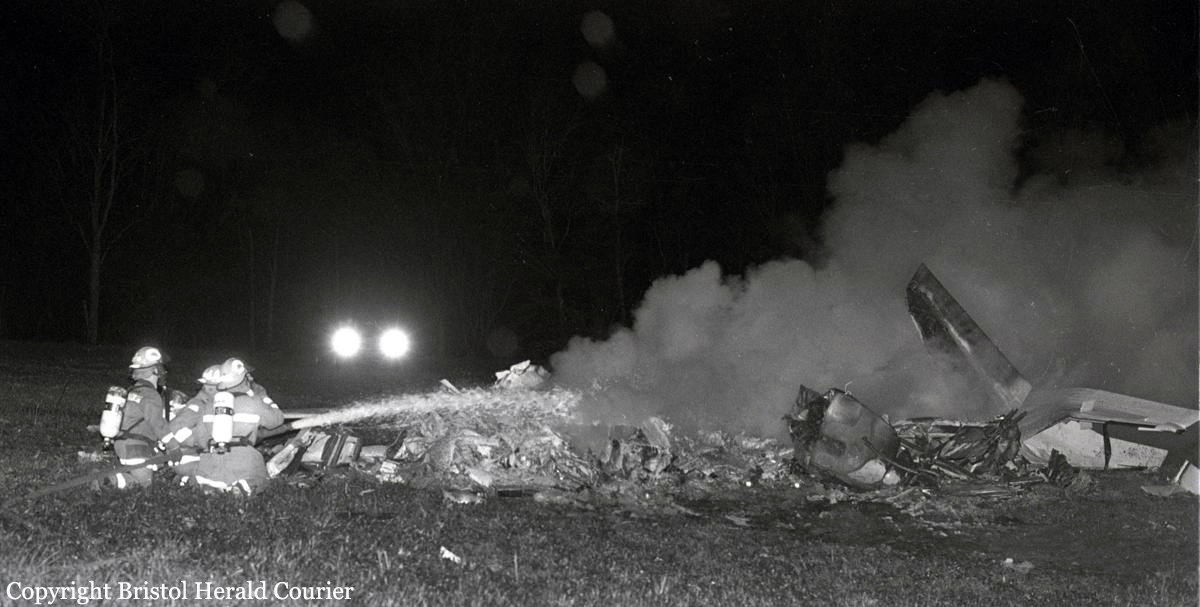Crash of a Piper PA-31-310 Navajo near Nibinamik: 2 killed
Date & Time:
Sep 15, 1993 at 2015 LT
Registration:
C-GSWG
Survivors:
No
Schedule:
Steinbach - Webequie
MSN:
31-492
YOM:
1969
Crew on board:
1
Crew fatalities:
Pax on board:
1
Pax fatalities:
Other fatalities:
Total fatalities:
2
Circumstances:
En route from Steinbach to Webequie, the pilot informed ATC about his position some 64 km north of Pickle Lake. Few minutes later, the twin engine aircraft crashed in unknown circumstances in the region of Nibinamik, southwest of Webequie. The wreckage was found on September 23 in an isolated area. Both occupants were killed.




